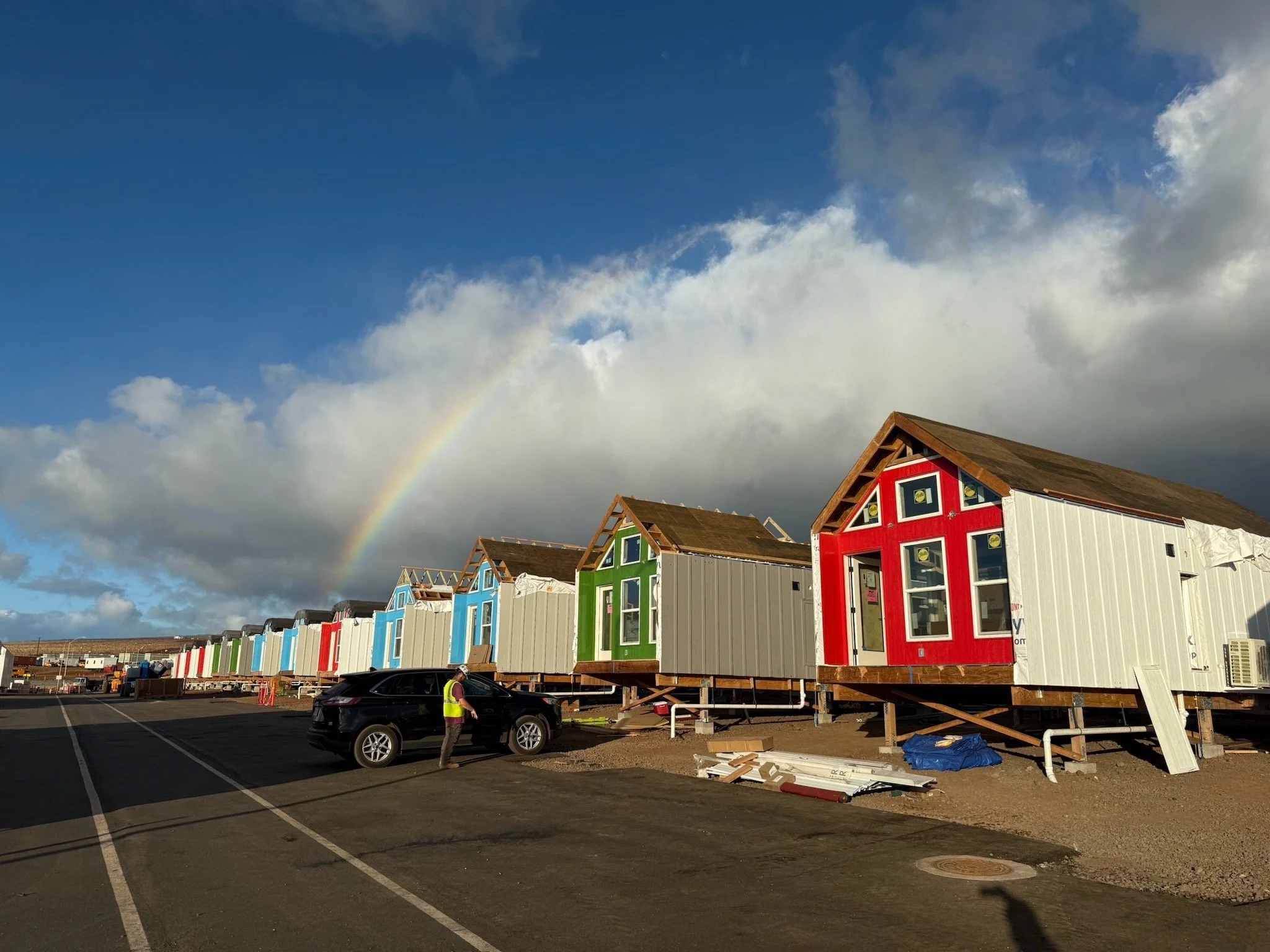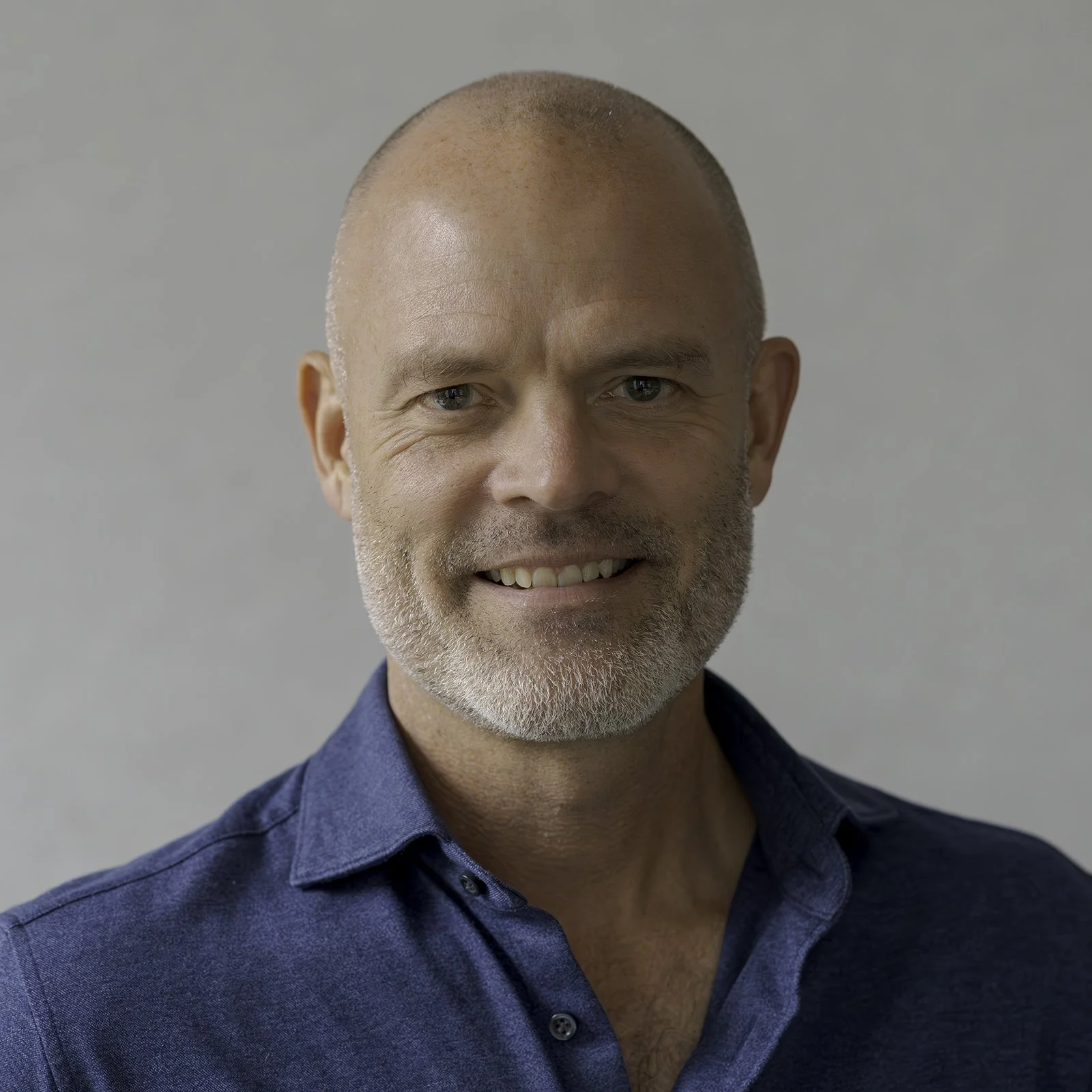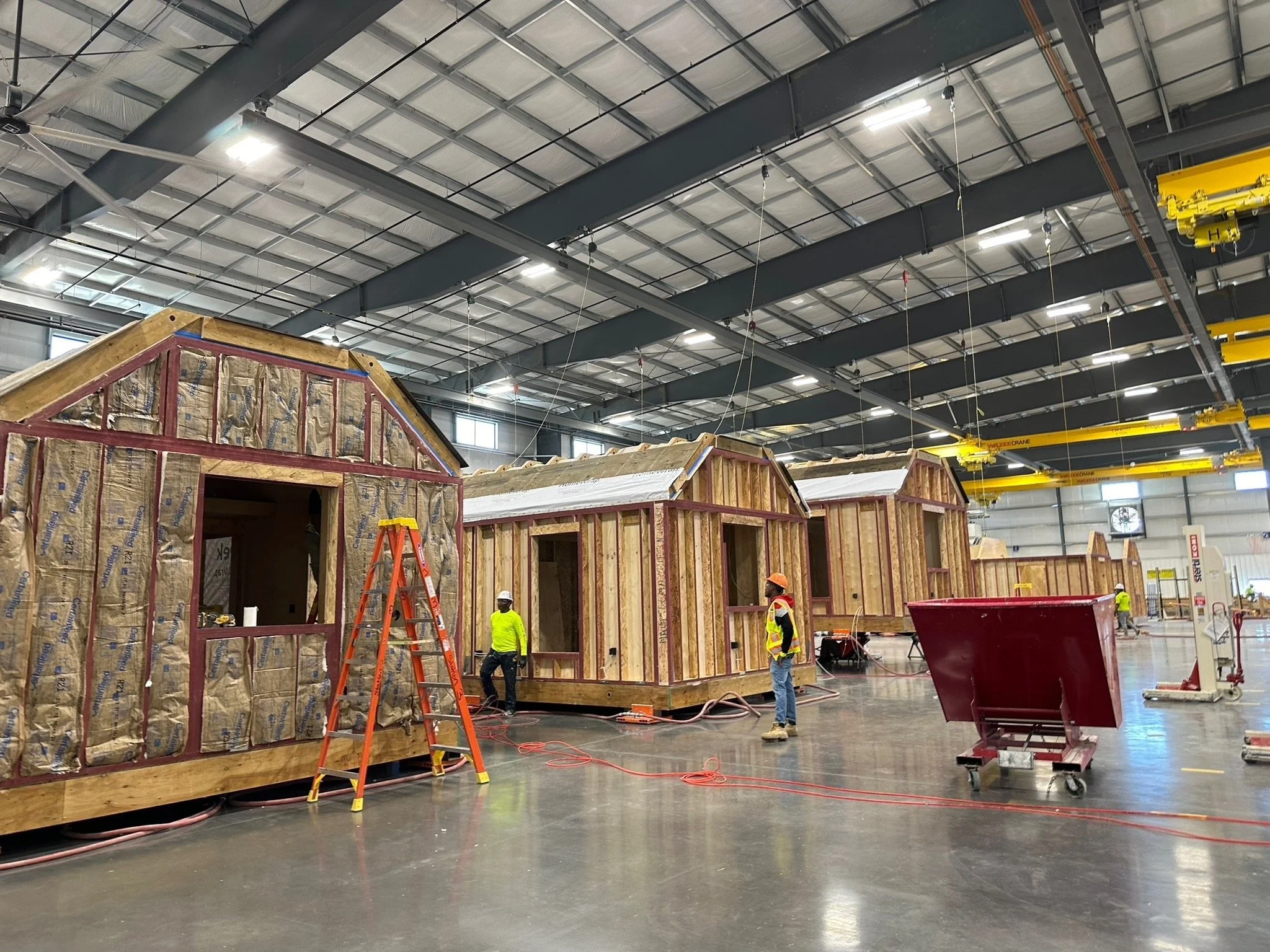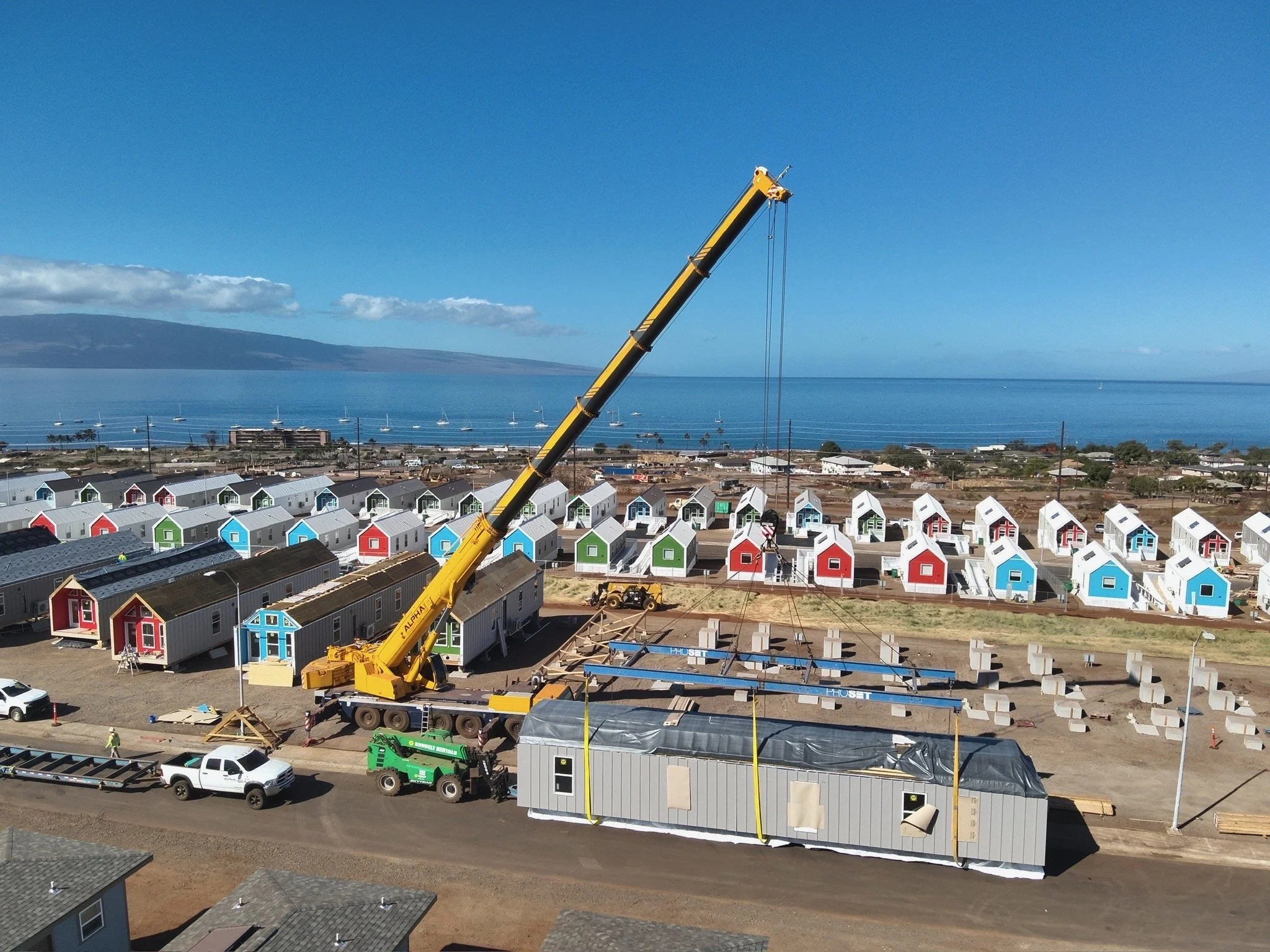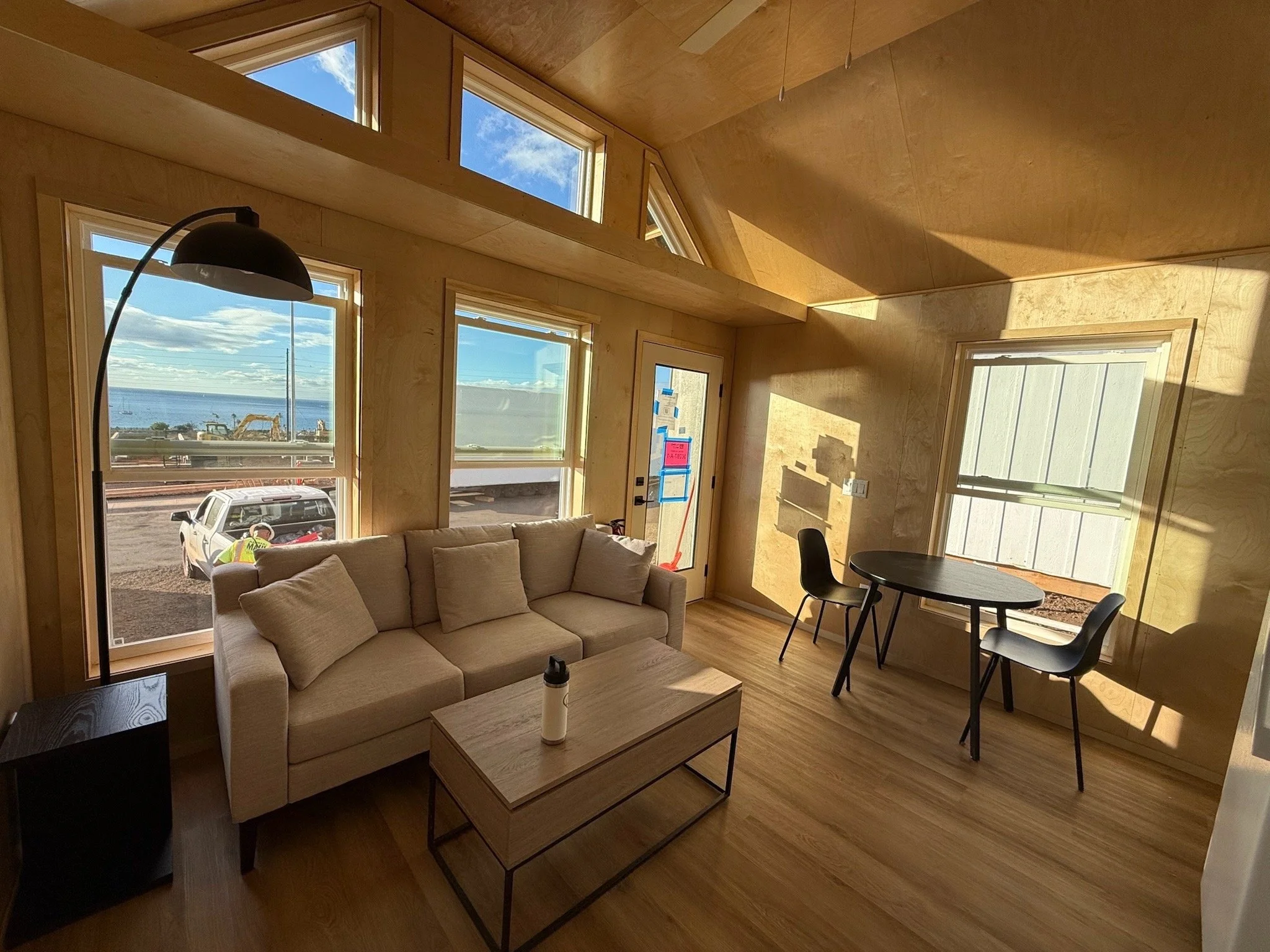Jordan Rogove and Wayne Norbeck of Liv-Connected | A New Take on Disaster Housing in Hawaiʻi (Part 2)
Photo Credit: Liv-Connected
Modular Housing And America’s Affordability Crisis
There are over 2,000 different building codes across the United States, including 340 in Colorado alone. This fragmentation is one of the biggest barriers preventing modular housing from addressing America's affordability crisis. Wayne Norbeck and Jordan Rogove, co-founders of DXA Studio and Liv-Connected, are working to change that through their design work and their efforts on Capitol Hill.
In this second part of our conversation, Wayne and Jordan explain the technical strategy behind the Lahaina project. By engineering components to fit on standard flatbed trucks rather than expensive wide-load transport, they reduced shipping costs from $18 per mile to $2-3 per mile. Each unit arrives complete and can be installed in four hours, with finishes that include pre-finished birch plywood interiors and peaked roofs—features manufacturers repeatedly tried to eliminate, but made a huge difference for tenants.
The conversation also explores how regional code standardization could save 30 cents on every housing dollar and current progress with bipartisan support for legislation extending HUD's manufactured housing authority. This would cut approval times from months to weeks while maintaining quality standards, potentially transforming how America responds to natural disasters and housing affordability.
Listen on Spotify | Listen on Apple Podcasts | Watch on YouTube
“Because we were thinking about modular housing differently and able to stack things on the truck, we were able to hold on to a lot of great design moves, like the peak roof and the front porch, creating a sense of community.”
Courtesy of Liv-Connected
About Jordan Rogove
Jordan Rogove is an architect who approaches his work with a belief in the power of architecture to positively influence the lives of all who engage it. He co-founded DXA Studio with his partner Wayne Norbeck in 2011.
Over the course of his more than 26 year career, Jordan has completed projects that span numerous typologies. The common thread in all of his work is the ability to resolve the tension between opposing forces into elegant responses: art and science, design innovation and technical excellence, and contemporary considerations and historical context.
His work includes some of the most sought after residential buildings in New York City including The Maverick, 49 Greene and 280 St Marks, the renovation and restoration of Ralph Walker’s landmark 100 Barclay Street and the Carbide & Carbon Building in Chicago; contemporary, award winning new buildings in landmark districts, including 10 W 17 Street, Willem de Kooning's studio building at 831 Broadway, 14 White Street and the converted Mt. Pleasant Romanesque Church at 140 W 81st Street.
A number of socially minded and humanitarian projects round out his broad spectrum of work, including the development of an orphanage in Zambia, a health-focused community in St. Marc, Haiti, and collaborating with the Clinton Health Access Initiative (CHAI) to develop architectural solutions toward the eradication of malaria in Namibia. Jordan is also a founder and COO of LiV Connected, a company he established with Wayne Norbeck to provide thoughtful, well-designed modular houses with the intent of making home ownership possible for the countless Americans for whom it is currently out of reach and for rapid deployment as emergency disaster relief housing.
Prior to establishing DXA studio, Jordan worked with renowned theatrical set designer Tom McPhillips, Chicago-based Lucien Lagrange Architects, and Morris Adjmi Architects in New York City. Jordan received his Bachelor of Architecture degree from Virginia Tech in 1998, where he is currently an Affiliate Professor of Practice. He lives in Brooklyn with his wife, Laura, and three children, Julian, Jada, and Sedi, and their puppy, Gnocchi.
Courtesy of Liv-Connected
About Wayne Norbeck
Wayne Norbeck co-founded DXA Studio with his partner Jordan Rogove in 2011 and joined Liv-Connected as a partner in 2019. With equal emphasis on design innovation and technical excellence, Wayne has overseen projects from the scale of furniture design up to urban-scale planning. Wayne’s work is linked by an approach that prioritizes architecture’s ability to resolve the site’s complexities with distinctive design solutions, to provide meaningful engagement with public spaces and landscapes, and to contribute a framework for socially responsible initiatives.
Wayne’s projects have included Maison 78; The Hendrix House; the Rowan Astoria; the Labs at 121 a new life-sciences building in Harlem; The Maverick, a dynamic new residential building in Chelsea; the design of the competition winning Midtown Viaduct, a pedestrian bridge and civic space that creates connections in Midtown; a 170-room hotel in TriBeCa; a passive house in Williamsburg, Brooklyn; and numerous multi-family residential buildings throughout New York City.
Wayne’s work also includes several humanitarian projects, including a non-profit community development in Zambia and an initiative to fight malaria through housing improvements along the northern border of Namibia. Wayne is also the Chief Operations Officer at LiV Connected, a company he established with Jordon Rogove to provide thoughtful, well-designed modular solutions for rapid deployment and disaster relief housing.
Prior to founding DXA studio, Wayne worked with Ziger/Snead Architects, TEN-Arquitectos and Gluckman Mayner Architects. Wayne is an Affiliate Professor of Practice at Virginia Tech. He has taught at Pratt Institute and has served as a visiting critic at numerous schools, including the University of Pennsylvania and the Parsons School of Design/ The New School. He received his Bachelor of Architecture from Virginia Tech, and his Master of Architecture from the University of Pennsylvania.
Photo Credit: Liv-Connected
Photo Credit: Liv-Connected
Episode Timestamps
(01:01) Volumetric versus hybrid modular systems and the economics of shipping costs
(04:31) Material choices that avoid institutional aesthetics and support permanent housing
(11:05) Navigating FEMA, Army Corps of Engineers, and Maui County building approvals
(14:37) Where modular housing can have the highest impact beyond disaster relief
(17:45) The case for regional building codes to unlock affordable housing at scale
(21:30) Legislative solutions and bipartisan Congressional support for modular expansion
(29:25) Connecting with state officials, nonprofits, and the UCLA cityLAB initiative
Photo Credit: Liv-Connected
About your host:
Atif Qadir is a licensed architect and entrepreneur, interested in solving big problems through innovation and technology. He has founded two proptech companies and a real estate development firm, building products ranging from software to workforce housing.
His work has been covered by Technology Review, The Real Deal, Commercial Observer, and Propmodo. He’s also a frequent speaker on the future of buildings and cities on popular industry podcasts and at conferences, including this past year at the Commercial Observer National DEI Conference, Yale AREA Conference, Columbia Real Estate Symposium, Open Data Week NYC and Austin Design Week.
About Michael Graves
The world-famous design firm Michael Graves is also a founding sponsor of American Building. Its namesake, the iconoclastic designer Michael Graves, FAIA was a fierce advocate for people-centric design. His work defines a generation of American architecture and includes the Portland Building, the Humana Building and the Denver Public Library. The 1st season of American Building was filmed live at The Warehouse, his historic home in Princeton, New Jersey:
Rate, Review, & Subscribe on Apple Podcasts
Did you love this episode? Let us know by rating and review our show on Apple Podcasts. It’s easy - simply click this link, click on Listen on Apple Podcasts, scroll to the bottom of the page, and select “Write a Review”. Let us know what you liked best about the episode, and what others can expect when they listen to our show.
While you’re at it, consider subscribing to American Building. When you subscribe, you can guarantee you never miss a conversation with one our renowned designers, architects, and developers. Subscribe now!
